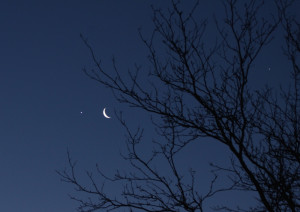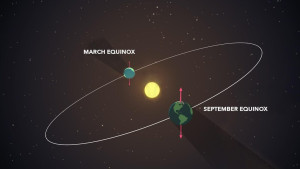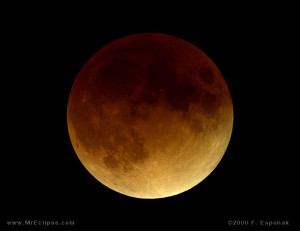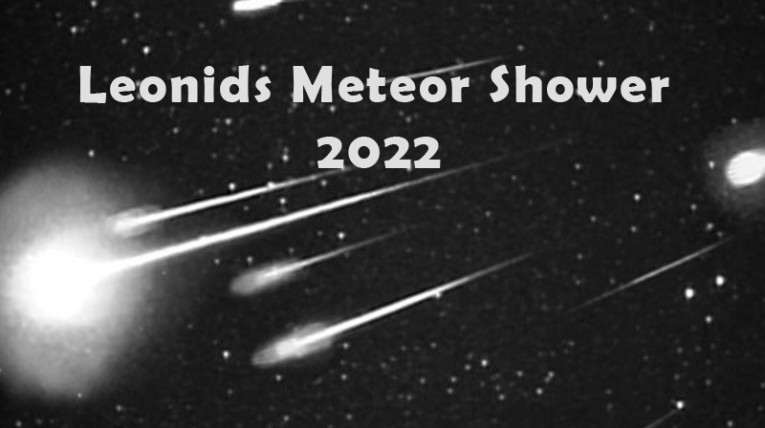The air hums with quiet excitement for the upcoming spring season. In hushed whispers, stargazers gather, their eyes turned skyward. In March 2024 the heavens hold a spectacle, a celestial ballet yet to unfold. Telescopes, polished and gleaming, stand poised, the lenses hungry for the first glimpse. Anticipation hangs heavy, a tangible force that binds all of us together.
What Astronomical Events Await in March?
Will it be a meteor shower, a symphony of streaks painting the night black? Or a planetary alignment, a cosmic dance of giants locked in an ancient choreography. The moon, a silent observer, bathes the scene in a soft, silver glow, adding to the mystery. As the first stars begin to prick the twilight, a collective breath is held. This March the universe reveals its secrets, one celestial brushstroke at a time.
March 8- Conjunction of Moon and Mars
In the early twilight of March 8th, the slivery crescent moon will pass 3.3° to the south of the red planet Mars, creating a magnificent pair in the sky. The moon will shine at a magnitude of -9.9 and Mars at a magnitude of 1.2. Get a small telescope or binoculars to view the red planet distinguishably or get the moon and Mars in a single picture of your camera and tag us @stargazingmumbai on your social media handles and we will make sure to repost it.
March 9- Conjunction of Moon and Venus
On March 9th, the brightest planet Venus will pass 3.1° to the North of the thin crisp crescent Moon. The planet Venus will dazzle with a magnitude of -3.8 and the moon with a magnitude of -8.2. The moon’s surface will be 7.2% illuminated. Catch up the pair in the early morning twilight. Get a pair of small binoculars to view planet Venus in its gibbous phase.
March 14- Conjunction of Moon and Jupiter
The gas giant Jupiter will pass 3.4° to the south of the slivery crescent moon on March 14th. Just as the Sun sets on the western horizon catch the bright Moon shining at a magnitude of -10.9 and Jupiter at a magnitude of -2.1. The pair will be displayed throughout the night’s first half till 10 pm. Grab a pair of binoculars or a small telescope to view the Jovian moons i.e. Io, Callisto, Europa, and Ganymede.

March 20- Vernal Equinox
The vernal equinox is also known as the spring equinox (first spring day in the Northern Hemisphere) and fall equinox (first fall day in the Southern Hemisphere). During this time the Sun passes from the southern hemisphere to the northern hemisphere crossing the celestial equator line. The equinox happens because of the tilt of the Earth’s axis relative to its orbit around the Sun.
During the equinox, neither the North Pole nor the South Pole is tilted towards the Sun, resulting in equal amounts of daylight and night across the Earth. As the Earth continues its orbit around the Sun, the tilt of its axis causes the length of daylight to gradually increase in the Northern Hemisphere, leading to warmer temperatures, and in the Southern Hemisphere, the opposite occurs, with the equinox marking the beginning of fall.

March 24- Mercury at greatest eastern elongation
Mercury, the elusive planet closest to the Sun, achieves its greatest elongation – a distance of 18.7º east of the Sun on 24th March, shining brightly at a magnitude of -0.3. Due to its orbit’s proximity to the Sun, Mercury’s appearance is often obscured by the Sun’s brightness, making it challenging to observe. However, during its periodic greatest elongation events, occurring roughly every 3-4 months, Mercury becomes visible, either in the morning or evening sky. When positioned east of the Sun, it rises and sets shortly after the Sun, offering a brief window for observation during sunset. Look at the western horizon just after sunset and catch the solar system’s first planet.
March 24- Penumbral Lunar Eclipse
On March 25, 2024, witness a penumbral lunar eclipse, a captivating celestial event where the Earth’s outer shadow partially covers the Moon. Unlike a total or partial lunar eclipse, a penumbral eclipse occurs when the Moon passes through the Earth’s penumbral shadow, resulting in a subtle darkening rather than a dramatic change in appearance. During this eclipse, observers may notice a slight dimming or shading on the Moon’s surface as it moves through the fainter outer portion of the Earth’s shadow. The eclipse will be visible from North & South America and the Pacific & Atlantic Oceans. Catch the live stream of the Lunar Eclipse on the NASA streaming platforms.

March 2024 a month to look up!
From conjunctions to a penumbral lunar eclipse, the night sky offers a myriad of astronomical events that cater to all the astrophiles. So, whether you’re a seasoned astronomer or just someone who enjoys gazing at the night sky, make sure to set aside some time this March to witness these celestial spectacles. Grab your sky charts and sky maps to identify the rising summer constellations all by yourself. Take snapshots of the conjunctions and tag us on our social media handle @stargazingmumbai we will make sure to repost all of them. As you’ve made it this far, we kindly invite you to check out our latest newsletter!
ENJOYED READING THIS? CONSIDER READING
-
How to spot Milky-Way band in the night sky? Milky Way Galaxy, Milky Way Band, Night Sky
- Friedmann’s best work: Not just a WW1 Russian pilot
- Jayant Narlikar’s contribution to astronomy and Astrophysics



